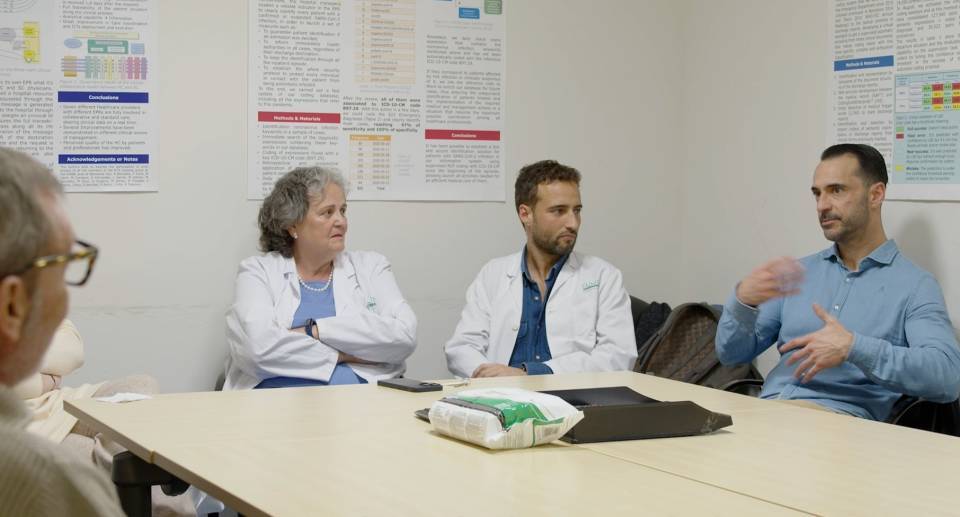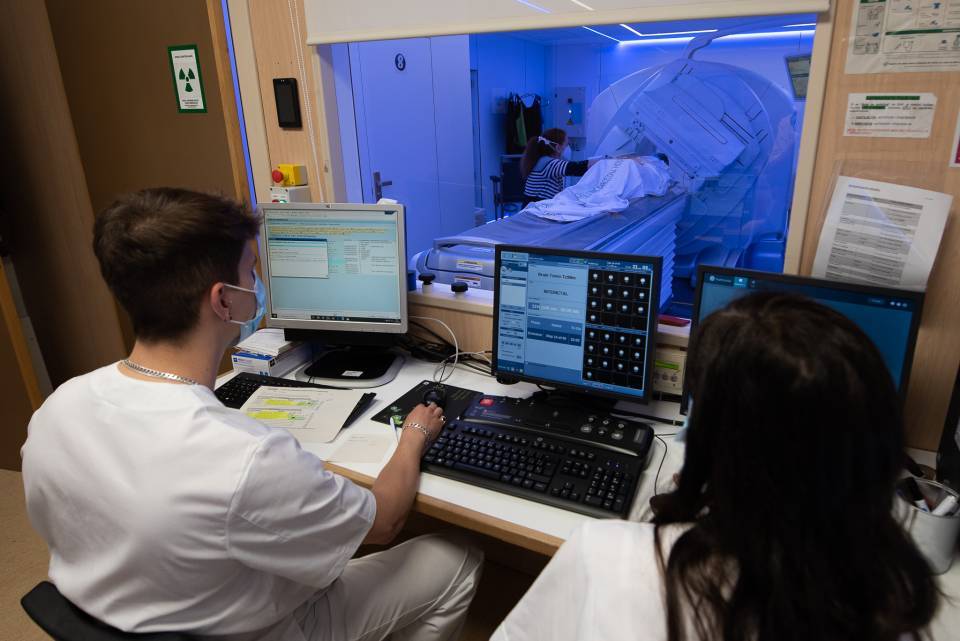“Looking back, I realize that my consumption had always been high, but I wasn’t aware of it. I was what is called a functional alcoholic”, says Javier. “This doesn’t happen all of a sudden, it's a progressive thing”, he adds.
In alcoholic use disorder, or alcohol addiction, changes occur in the brain circuits that cause the person to drink compulsively, despite the negative consequences. Just like other substance use disorders, tolerance to the substance develops. In other words, increasing amounts of the substance need to be consumed to achieve the desired effect. "You realize that you have a problem when drinking alcohol no longer makes any difference, but you simply need it to get through the day", explains Javier. On the other hand, withdrawal syndrome often appears, a set of physical and psychological reactions that occur when a person suddenly stops consuming or reduces the consumption of the substance.
Stigma and false beliefs, the major pitfalls of this disease
Although there are factors that can increase the risk of developing an addiction, there is no specific social profile of patients with substance use disorders. They are illnesses that can happen to anyone. “I have a higher education, a successful job, family, children, I run marathons… this can happen to anyone”, explains Javier. Despite this, addictions continue to carry a significant social stigma. “Many people may think that it’s a matter of weakness, that you can get through it just by giving it your all, but that’s not true. No illness can be cured by simply giving it all you’ve got”, says Javier. “It’s complicated, but the person needs to be aware and ask for help”, he concludes.
The environment can play a key role in motivating people with substance use disorders to start and stay in treatment programmes. However, it is important that they seek advice from specialists. “Often you can’t get by on your own and the family, no matter how much they want to, cannot or don’t know how to help you”, explains Javier.




